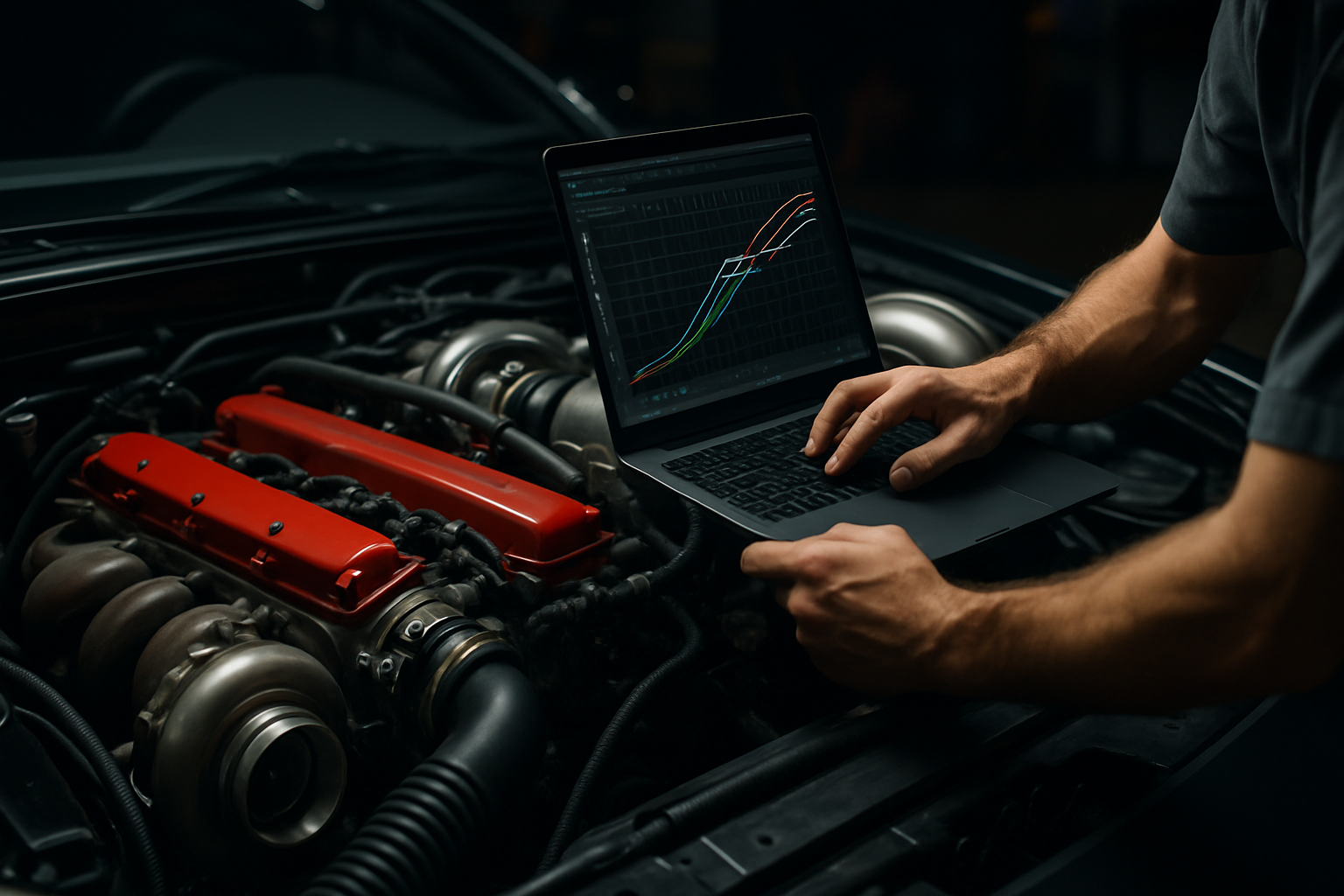How to extend device lifespan with routine maintenance
Extending the lifespan of personal and workplace devices comes down to consistent, practical maintenance rather than occasional fixes. Routine tasks—cleaning vents, updating software, monitoring battery health, and backing up data—reduce wear, prevent failures, and sustain performance. This article outlines straightforward maintenance, diagnostics, and repair practices that help keep laptops, smartphones, and peripherals reliable for longer while addressing security, connectivity, and end-of-life options like recycling and refurbishment.

What routine maintenance should you perform regularly?
Regular maintenance involves a combination of physical care and software upkeep. Physically, keep vents, fans, and ports free from dust using compressed air and soft brushes; dust buildup increases heat and accelerates component wear. Clean screens and keyboards with appropriate solvents and microfiber cloths to avoid residue. On the software side, schedule system updates, run periodic virus and malware scans, and uninstall unused programs to conserve storage and processing overhead. Maintain a backup routine for important files and use power settings that balance performance and energy use to reduce stress on hardware components.
How can battery care extend device life?
Batteries are often the first component to show age. To prolong battery lifespan, avoid keeping devices at 100% or 0% charge for prolonged periods when possible; many modern devices benefit from charge windows around 20–80%. Reduce heat exposure, because high temperatures accelerate chemical degradation. Use recommended chargers and original or certified accessories to protect charging circuits and battery health. For devices with replaceable batteries, plan for replacement before capacity falls below acceptable levels. Monitoring battery statistics and calibration (when appropriate) helps diagnose declines before sudden failures.
What role do diagnostics and drivers play?
Regular diagnostics and driver updates help maintain performance and compatibility. Built-in diagnostic tools can flag failing storage, memory issues, or thermal problems early, allowing targeted repair before data loss or permanent damage. Keep device drivers—graphics, chipset, network—updated from reliable sources to ensure stability and security; outdated drivers can cause crashes and connectivity problems. For storage, run periodic health checks (SMART for HDD/SSD) and consider tools that benchmark performance. Logging patterns from diagnostics helps technicians perform efficient repairs and supports data-driven decisions about upgrades or replacements.
When should you consider upgrades or accessories?
Upgrades can refresh older devices and extend useful life cost-effectively. Increasing RAM, switching from an HDD to an SSD, or adding a larger battery (when supported) often yields noticeable performance and longevity improvements. Accessories such as cooling pads for laptops, high-quality surge protectors, and protective cases reduce physical wear and risk from power events. Upgrades should be compatible with warranty and firmware constraints; consult manufacturer guidance to avoid voiding warranty coverage. For many users, a modest upgrade can postpone full replacement while improving day-to-day performance.
How to approach troubleshooting and repair safely?
Start troubleshooting by isolating the issue: check power and connectivity, reproduce errors in safe or diagnostic modes, and back up data before attempting fixes. Use official support resources and verified repair guides when performing repairs, and keep a record of symptoms and steps taken. For hardware repairs beyond simple swaps (like drives or batteries), consider certified repair services to preserve warranty and device integrity. When repairing yourself, use the correct tools, anti-static precautions, and replacement parts from reputable suppliers to avoid compounding the problem.
What are end-of-life options: recycling and refurbishment?
Responsible end-of-life handling reduces environmental impact and can recover value. Many manufacturers and retailers offer recycling or take-back programs for old electronics; these services ensure hazardous components are managed correctly and reusable parts are salvaged. Refurbishment is an option for devices with functional cores—professionally refurbished devices may be resold or donated after component replacement and testing. Before disposing, remove personal data by performing secure wipes or resetting devices per vendor recommendations. Recycling and refurbishment close the loop on electronics and support sustainable device management practices.
Conclusion
Routine maintenance combines small, regular actions that collectively extend the working life of devices. Prioritize physical cleaning, battery care, software updates, diagnostics, and prudent upgrades while documenting issues to streamline troubleshooting and repair. When devices near end of life, choose recycling or refurbishment routes to minimize waste. Consistent attention to these practices helps maintain performance, security, and connectivity across the devices you rely on.





